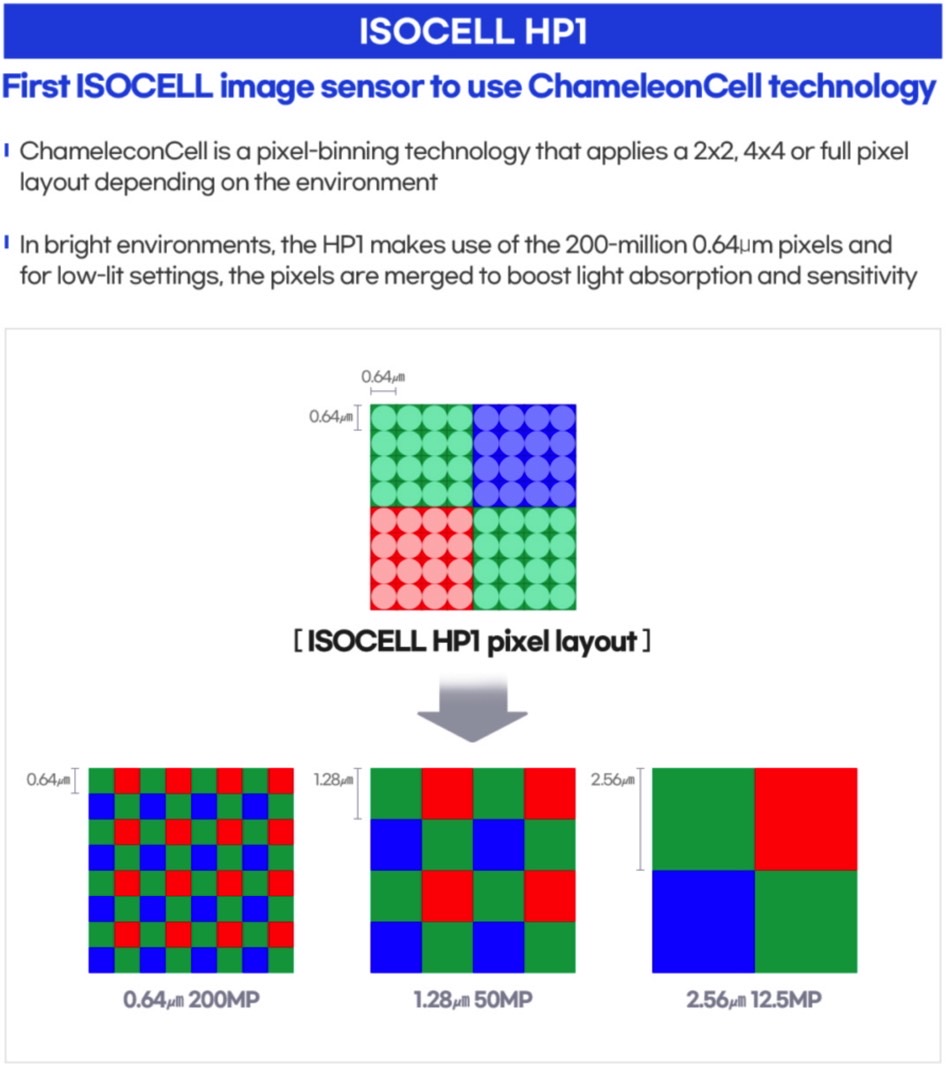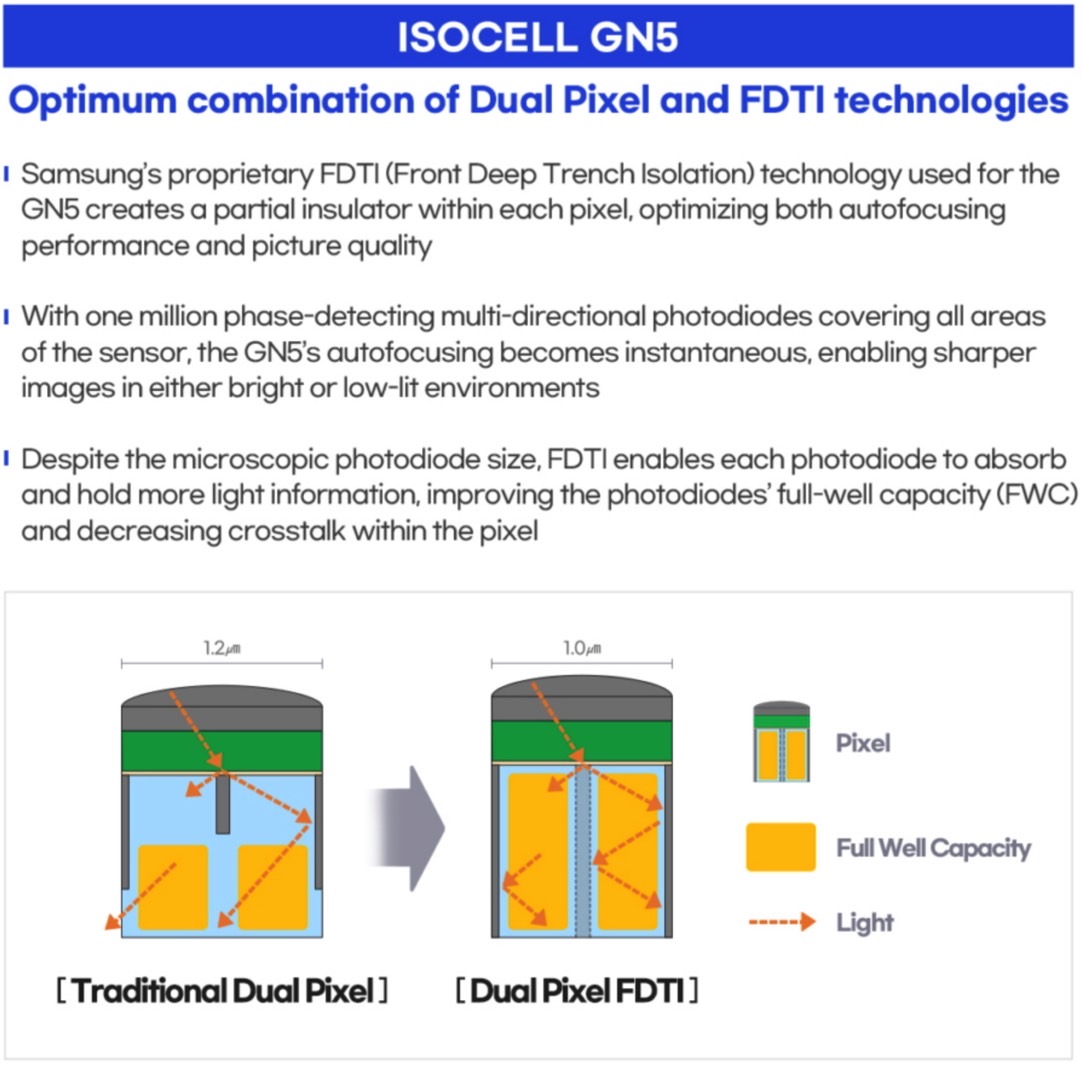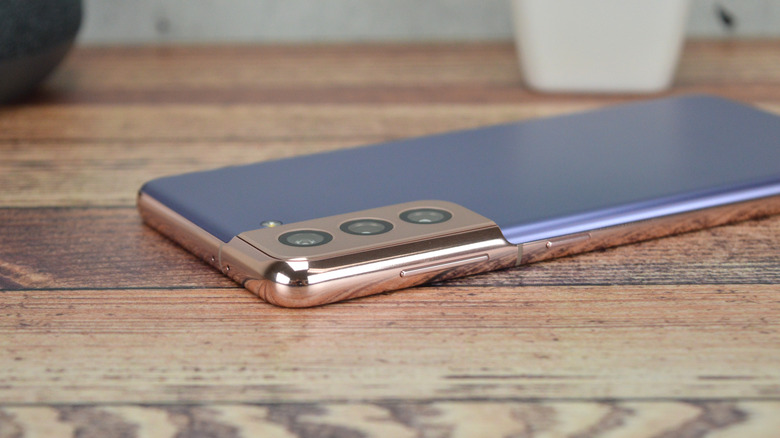Samsung Just Unveiled A 200-Megapixel Smartphone Camera
Samsung just announced two new Isocell camera sensors for mobile devices that pack plenty of megapixels. These are the Isocell HP1 200-megapixel sensor and the Isocell GN5 50-megapixel sensor. Then again, smartphone history shows us that increasing the camera's megapixel count alone isn't enough to improve photo quality. But these new camera sensors pack a few new features meant to improve the camera performance in various lighting environments.
Samsung Isocell HP1 200-megapixel camera sensor
Samsung says in its press release that the new Isocell HP1 is the industry's first 200-megapixel mobile image sensor.
The HP1 sensor features 0.64μm pixels that can be combined to improve low-light photography. Pixel-binning isn't a new concept for the industry. Various smartphone cameras already merge multiple nearby pixels into a larger pixel to deliver better low-light photos. However, Samsung has a new marketing term for its HP1 pixel-binning technology: ChameleonCell. Depending on the environment, ChameleonCell allows the camera to switch between two-by-two, four-by-four, or full pixel layouts.
As a result, the 200-megapixel sensor becomes a 12.5-megapixel camera in low light. Sixteen neighboring pixels merge to create larger 2.56 μm pixels that can grab more light. In bright outdoor settings, the sensor can offer 200-megapixel ultra-high-definition photography.
Moreover, the HP1 sensor supports 8K video recording at 30 frames-per-second (fps). The sensor merges four neighboring pixels to lower the resolution to 50-megapixels. This way, it can capture 8K clips without cropping or scaling down the video.
The pixel-binning tech might be confusing, but Samsung's handy infographic below explains how it all works.

Samsung Isocell HP1 camera tech.
Samsung Isocell GN5 50-megapixel image camera sensor
Similarly, the Isocell GN5 scores an "industry-first" of its own. It's the first 1.0 μm sensor that integrates Dual Pixel Pro technology. That's a new multi-directional autofocusing tech, Samsung explains. Dual Pixel Pro will "substantially boost autofocusing capabilities." The technology places two photodiodes within each pixel horizontally or vertically. The photodiodes are the smallest in the industry, and they'll let the sensor recognize pattern changes in all directions.
As a result, the GN5 sensor will deliver "one million phase-detecting multi-directional photodiodes covering all areas of the sensor." This will make autofocusing instantaneous. In turn, better autofocus will increase the sharpness of images in bright or low-light settings.
Finally, Samsung says the Isocell GN5 delivers proprietary pixel technology on a Dual Pixel camera for the first time. The Front Deep Trench Isolation (FDTI) allows each photodiode to absorb and hold more light information. This improves the full-well capacity (FWC) and reduces crosstalk within a pixel. The following illustration explains these GN5 technologies will improve the camera experience:

Samsung Isocell GN5 camera tech.
That said, it's unclear which mobile devices will use the new 50-megapixel and 200-megapixel sensors. Samsung said the new sensors are available for sampling, without disclosing other details about potential partners. Therefore, it's too early to tell whether the upcoming Galaxy S22 will feature one of the new camera sensors that Samsung announced on Thursday. Or whether any of the upcoming flagship handsets from Samsung's competitors will use the new Isocell cameras. But there is a rumor that the Pixel 6 will use a 50-megapixel sensor from Samsung. Reports say it'll be the GN1 rather than the GN5.
